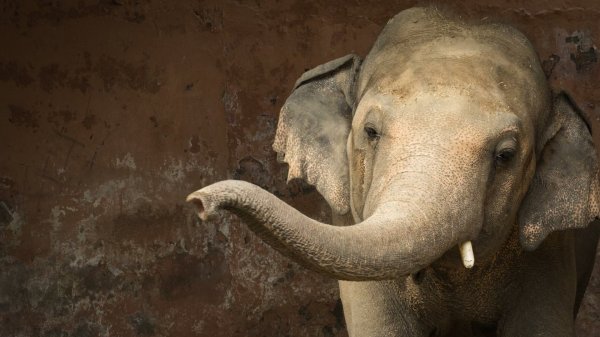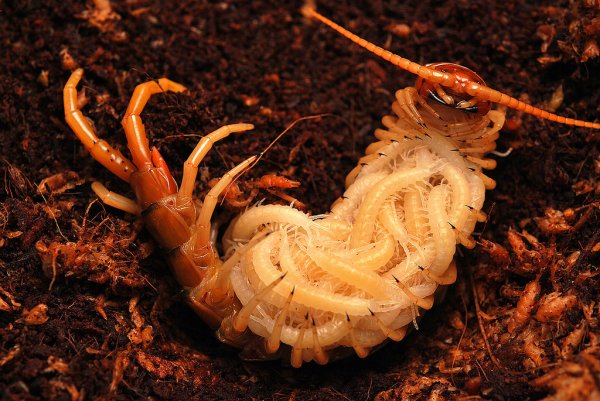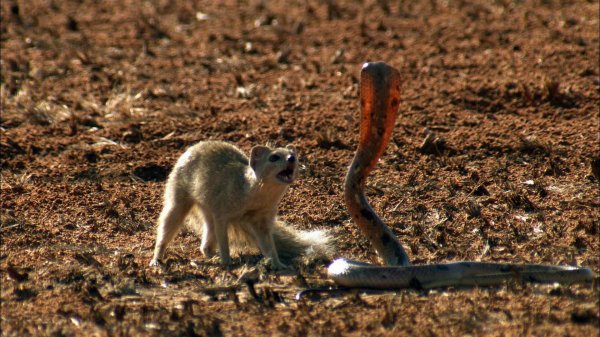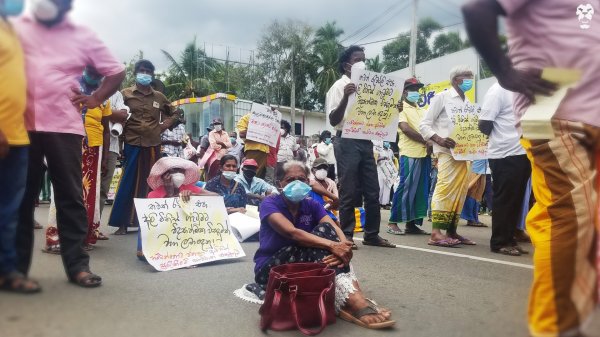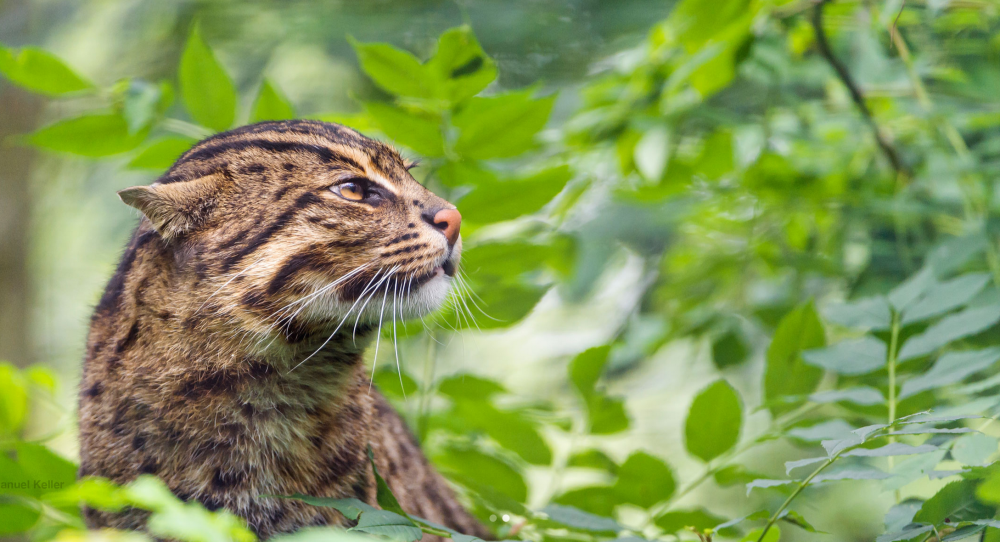
Regardless of the dry zone’s inhospitable living conditions, the region hosts a plethora of life-giving and curative plants. To find out more, Roar Life, took a trip to the Mirijjawila Botanical Gardens, just outside Hambantota. Opened in 2013, the enormous 300 acre garden grows and studies plants from across the dry zone: the south east, east, north, and north west of the island.
Guiding the trip was Mirijjawila Field Officer, Dulan Buddhika, who has great knowledge of dry zone vegetation. His gardener colleague, Madhu K. D Piyasir, who has been working the land here since the plans for the botanical gardens were initially developed, too, joined us on the walk.
Together, they chose their Top Five Ayurvedic Plants of the Dry Zone.
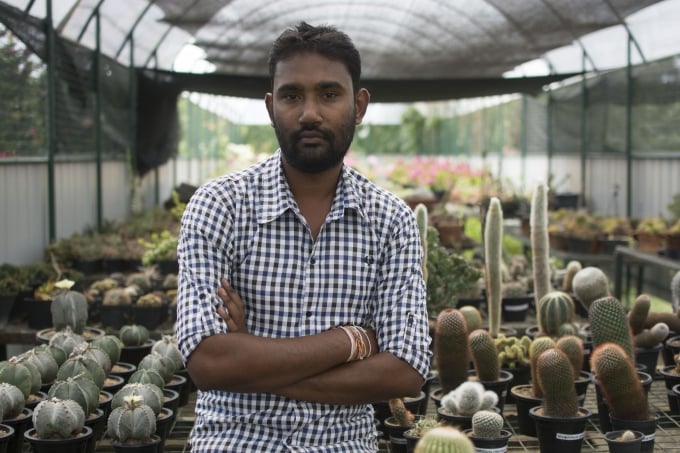
Mirijjawila Botanical Garden Field Officer, Dulan Buddhika, was a great guide. Courtesy Roar Media/Thiva Arunagirinathan
- Kothala himbutu (Salacia reticulata celastraceae)
Kothala himbutu is a woody climber used widely in the ayurvedic system to treat diabetes and obesity. Compounds in Kothala himbutu prevent sugars in food from being absorbed by the body, by inhibiting carbohydrate uptake from the intestine. It can be used as tea to control sugar levels in the body with virtually no side effects, and it therefore ideal for those who want to lose weight. Field Officer Buddhika, however, warned that while the vine and seed pods of this vine make a powerful brew, it should not be taken without a practitioner’s guidance.
- Latakaranja (Caesalpinia Bonduc)
Mirijjawila Botanical Gardens grow a lot of these plants to supply ayurvedic practitioners locally.
The peculiar seed is powerful: when rubbed on a rough surface it becomes very hot. A unique sambol can be made out of the leaves that is very useful for treating a fever. As a result, the seed is called a “fever nut” in English.
In the health system of ayurveda, the body is made up of three bioelements, vata, pitta, and kapha. The fever nut is believed to balance all three doshas, meaning it is a quintessential ingredient to the ayurveda practitioner.
Before the recent eradication of malaria on the island, Latakaranja was also known to be an effective herb in the treatment of malaria.
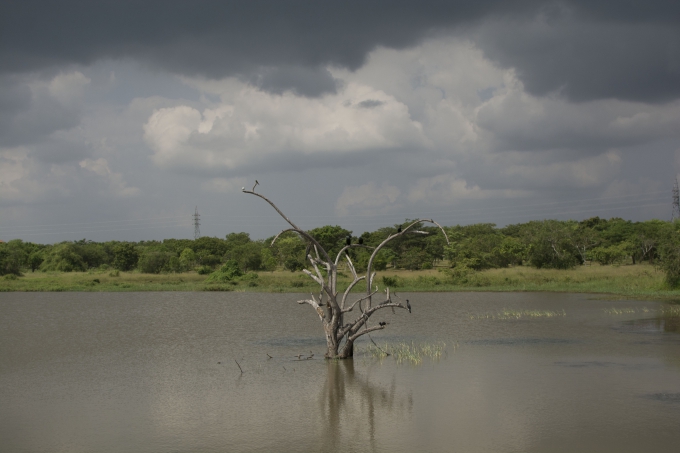
In the dry zone rain generally only falls between October and January, and for the remainder of the year, the vegetation must adapt from flood to drought and converse precious moisture. Typical dry zone landscapes are scrub forest, thorny bushes, and cactuses, interspersed with large ponds during the wetter season. Courtesy Roar Media/Thiva Arunagirinathan
- Meswak (Salvadora Persica)
Promoted by the World Health Organisation for oral hygiene, the toothbrush tree contains many “medically beneficial properties including abrasives, antiseptics, astringent, detergents, enzyme inhibitors, and fluoride”.
At Mirijjawila, this is an example of a tree that was not planted, but, as Buddhika explained, was found here naturally, and the gardens have been grown and nurtured around it.
- Nerralu (Cassine balae)
Nerralu oil is famous for nourishing hair and is a ubiquitous ingredient in South Asian shampoos. It is a much in-demand export product.
Normally, the tree takes a long time to grow, but they have cultivated one in eight years, says Buddhika. The tree are extremely tough and durable and live to over 400 years old.
- Sandalwood (Santalum album Santalaceae)
Sandalwood’s worldwide popularity has led to an over-harvesting of this plant, and it is becoming increasingly vulnerable. Used as oil, scent or balm, sandalwood has a cooling effect on the body and a calming effect on the mind. It is therefore used in the balancing of the pitta dosha. Pitta refers to the heat of the body that materialise in aliments through burning sensations and redness. Sunburnt and heat stroke are classic pitta imbalances and sandalwood is a natural remedy to both.
More Out There
Of course, this is not an exhaustive list of ayurvedic plants from the dry zone: far from it!
Growing wildly in this region are literally hundreds of plants with potentially curative or health benefits. Ayurvedic medicine is having somewhat of a renaissance, internationally, but it is losing prominence, locally, to the science of biomedicine.
The tussle between the traditional and the modern is an ongoing one. It is therefore vitally important that institutions like the Mirijjawila Botanical Gardens are developed, so plants can not only be admired by visitors, but also studied and better understood in more clinical settings.
Cover image courtesy: Roar Media/Thiva Arunagirinathan

